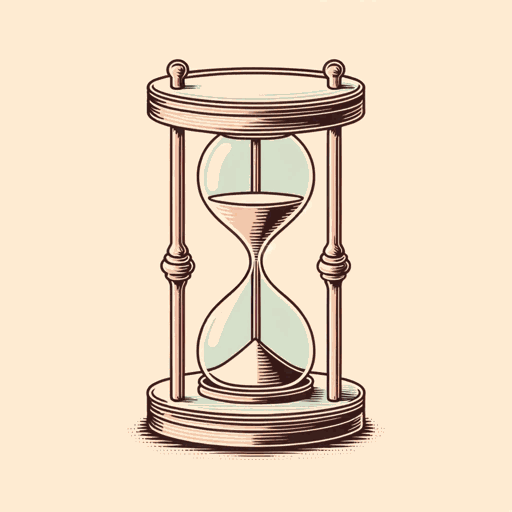57 pages • 1 hour read
Martin HeideggerBeing And Time
Nonfiction | Book | Adult | Published in 1927A modern alternative to SparkNotes and CliffsNotes, SuperSummary offers high-quality Study Guides with detailed chapter summaries and analysis of major themes, characters, and more.
Division 2, Chapters 5-6
Division 2: “Dasein and Temporality”
Division 2, Chapter 5 Summary
Despite his efforts in Chapters 3 and 4, Heidegger’s account of Dasein is still incomplete. The introduction of temporality to his previous analysis of our being-in-the-world has cast both time and our relation to the world in a new light. To fully understand the connection between the two, and Dasein’s temporality, he must now look at a further element: He must take into account Dasein’s broader relation to time by looking both at our relation to the ordinary conception of time and at history.
Taking the latter first, Heidegger draws a distinction between history and what he calls “historiology as the science of history” (427). “Historiology” is the study or academic discipline we call “history”; “historicality” is our being as historical—our relationship to a broader human past transcending our individual past. Heidegger begins with historicality, as this is what grounds and is necessary to a proper understanding of historiology. What does it mean for something to be historical in this sense? To address this question, Heidegger starts by looking at why certain artefacts are considered historical, and he discusses potential answers to this question.

